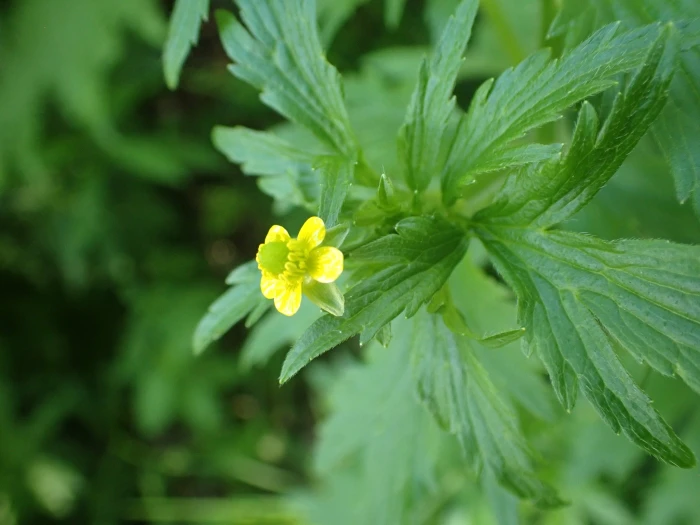Macoun’s Buttercup
(Ranunculus macounii)
Macoun’s Buttercup (Ranunculus macounii)
/
/

Mary Krieger
CC BY 4.0
Image By:
Mary Krieger
Recorded By:
Copyright:
CC BY 4.0
Copyright Notice:
Photo by: Mary Krieger | License Type: CC BY 4.0 | License URL: http://creativecommons.org/licenses/by/4.0/ | Rights Holder: Mary Krieger | Publisher: iNaturalist | Date Created: 2021-06-28T12:20:22-07:00 |

























Estimated Native Range
Climate Requirements for Henderson, Nevada
| This Plant | Your Site | Plant Suitability for Your Location | ||
|---|---|---|---|---|
| • Precipitation | 6" - 147" | 5" | Your precipitation may be insufficient for this plant. Irrigate N" / year. | Irrigate N" / year |
| • High Temp. | 57°F - 108°F | 104°F | Your summer temperatures are normal for this plant. | Excellent |
| • Low Temp. | -27°F - 41°F | 36°F | Your winter temperatures are normal for this plant | Excellent |
This plant should grow well at your location with about N inches per year (Y minutes per month) of irrigation.
Summary
Ranunculus macounii, commonly known as Macoun’s Buttercup, is a semi-aquatic perennial herb native to a variety of moist habitats across North America, including Alaska, northwestern Canada, and the contiguous United States. It is particularly adapted to wet environments such as marshes, wet meadows, stream banks, and wet woodlands. Macoun’s Buttercup typically features prostrate, spreading stems that root at nodes, which can help stabilize soil in its native habitat. The leaves are palmately divided into three lobed leaflets, presenting a distinctive appearance. During the flowering season, which occurs in late spring to early summer, the plant produces shiny yellow flowers. Each flower has five petals surrounding a center packed with numerous stamens and pistils, which are quite showy and attract pollinators. The fruit of Ranunculus macounii is an achene, which forms in spherical clusters.
In cultivation, Macoun’s Buttercup is valued for its bright yellow flowers and its ability to thrive in wet conditions, making it suitable for water gardens, rain gardens, and areas with poor drainage. It is also used for naturalizing in wildflower meadows or along the edges of ponds and streams. This plant prefers consistently moist soils and can tolerate a range of light conditions from full sun to part shade. While it is not commonly afflicted by serious disease or pest problems, care should be taken to avoid overly dry conditions, which can stress the plant.CC BY-SA 4.0
In cultivation, Macoun’s Buttercup is valued for its bright yellow flowers and its ability to thrive in wet conditions, making it suitable for water gardens, rain gardens, and areas with poor drainage. It is also used for naturalizing in wildflower meadows or along the edges of ponds and streams. This plant prefers consistently moist soils and can tolerate a range of light conditions from full sun to part shade. While it is not commonly afflicted by serious disease or pest problems, care should be taken to avoid overly dry conditions, which can stress the plant.CC BY-SA 4.0
Plant Description
- Plant Type: Herb
- Height: 0.5-1.5 feet
- Width: 0.5-1 feet
- Growth Rate: Moderate
- Flower Color: Yellow
- Flowering Season: Spring, Summer, Fall
- Leaf Retention: Deciduous
Growth Requirements
- Sun: Full Sun, Part Shade
- Water: Medium
- Drainage: Medium
Common Uses
Butterfly Garden, Low Maintenance
Natural Habitat
Wet meadows, stream banks, and wet woodlands
Other Names
Common Names: Prairie Buttercup
Scientific Names: Ranunculus macounii, Ranunculus hispidus, Ranunculus macounii var. macounii, Ranunculus macounii var. oreganus, Ranunculus oreganus, Ranunculus oreganus, Ranunculus oreganus subsp. macounii, Ranunculus rivularis, Ranunculus rudis
GBIF Accepted Name: Ranunculus macounii